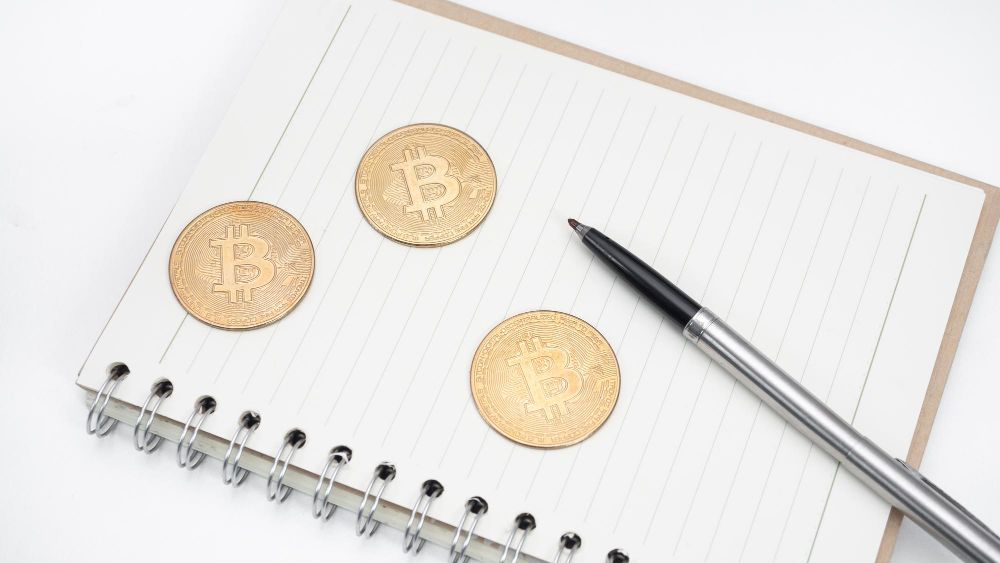What is a Memo Used for in Crypto Transactions
Memos are typically used for custodial wallet addresses because multiple recipients can have the same address on the same wallet service provider, but the presence of the memo separates them from one another and avoids the problem of sending it to the wrong recipient.

Cryptocurrencies have revolutionized the world of finance, providing a decentralized and secure method of conducting transactions. However, cryptocurrency transactions can be complex, and navigating the intricacies of cryptocurrency transactions can sometimes be confusing.
Beyond grasping concepts such as public and private keys, there is an additional element that plays a vital role in ensuring smooth transfers: the memo. Perhaps you've encountered the "memo" column while attempting to transfer cryptocurrency and wondered about its significance. It's not uncommon for individuals to overlook the importance of using a memo, as its inclusion is typically optional. However, delving into the intricacies of memos can shed light on their significance in safeguarding your assets and facilitating accurate transactions.
In this article, we will delve into the purpose and significance of memos in crypto transactions, exploring how they contribute to their efficiency, transparency, and security.
What is a “Memo”?
Memo tags (or destination tags) in crypto transactions are payment references or transaction notes that serve as additional information attached to a transaction, aiding accuracy in delivering funds to the owners.
Memos are typically used for custodial wallet addresses because multiple recipients can have the same address on the same wallet service provider, but the presence of the memo separates them from one another and avoids the problem of sending it to the wrong recipient.
Imagine a scenario where you share location information with delivery personnel to dispatch some goods to you. Indeed, the delivery person will locate your street and house number, but if you live in a block of apartments, you’ll need to provide additional information so that they can locate your door and not deliver to someone else’s door. That’s the most common function of memos.
On the contrary, memos are usually unnecessary when sending assets to a non-custodial wallet since the user doesn’t share a wallet address with anyone else; it’s the exact opposite of living in a block of apartments. If your apartment is the only one in the building, then the delivery personnel with your coordinates can easily knock at the front door, and you will get your package without additional information (memo).
Blockchain Networks That Use Memos
Not all blockchains require memos for transactions on custodial wallets. Typically, blockchains like Cosmos (ATOM), EOSIO (EOS), Stacks (STX), Binance BNB (BEP-2), Stellar (XLM), Ripple (XRP), etc., use the memo/destination tag technology. As a result, the custodial wallet service providers simply use a singular address for multiple users, distinguished with memos.
However, on blockchains with different architecture (away from destination tag technology), memos aren’t required, regardless of whether it is a custodial wallet or not.
How To Receive Crypto Assets With Memos
If someone wants to send you some crypto assets on the blockchains listed above, you would typically need to send your memo tag in addition to your wallet address.
For example, to receive Ripple (XRP), this user would need to give the sender the address marked in red and the memo tag below to avoid a loss of funds.
How To Send Crypto Assets With Memos via Cwallet
Once the recipient has provided you with their wallet address and memo, you can easily complete your transactions without worrying about assets getting lost in transit.
All you need to do is log in to your Cwallet account and locate the wallet space where you can see a list of your cryptocurrency holdings. From there, search for the cryptocurrency you intend to send, or just scroll down if it isn’t too much work. After selecting the crypto to send (say XRP), you can complete the transaction by simply inputting the wallet address and the memo tag:
If you are sending crypto to a noncustodial wallet, always leave the memo/destination tag blank, since only one person handles the noncustodial wallet.
How To Make Crypto Bulk Transfers That Include Memos
The Cwallet bulk payment tool enables the smooth and fast transfer of multiple crypto assets and NFTs in one single transaction, and the good thing is; you can also make batch transfers for crypto assets that require a memo/destination tag without having to repeat the process multiple times.
I didn’t include a memo in my transaction; what can I do?
It’s better to be safe than sorry; hence, when dealing with custodial wallets or exchanges, it is always good to double-check if a memo tag is required for the transaction. However, if you don’t fill in the memo tag when sending crypto, you should immediately contact customer support. Since thousands of people use the same wallet address, the wallet service provider may be able to retrieve the funds.
As a rule of thumb, it is better not to include a memo than to include a wrong memo tag, because a wrong memo tag could redirect the assets to another person entirely, who may have withdrawn/spent the tokens before it can be retrieved.
If you forget to fill in the memo tag for your Cwallet transaction or if you filled in the wrong memo tag, kindly view the steps to retrieve your assets here.
End Note
Memos play a crucial role in crypto transactions by providing an additional layer of information that helps users accurately identify and allocate funds, and as a crypto enthusiast, understanding these intricacies will help you ensure a smooth and error-free experience while dealing with cryptocurrencies.
For more beginner tips, as well as detailed guides on cryptocurrency and blockchain technology, do well to visit the Cwallet Blog and follow our social media communities: